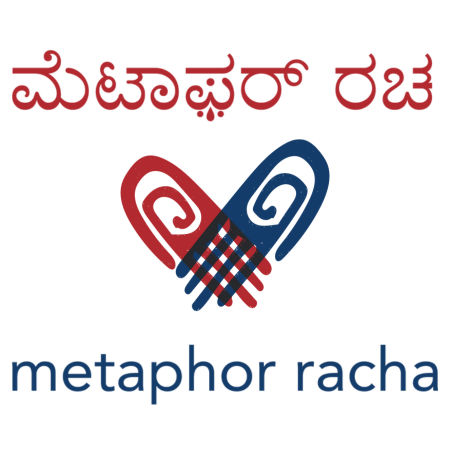Introduction: Welcome to the enchanting world of Navalgund Dhurries, woven in the small town of Navalgund in Karnataka. These vibrant and culturally rich floor coverings are a testament to the centuries-old craft that has survived the test of time, embodying the spirit and resilience of the weavers who migrated to Navalgund in the sixteenth century.
Historical Roots: The origin of Navalgund dhurries can be traced back to the tumultuous times of the sixteenth-century Bijapur, where jamkhana weavers sought refuge in Navalgund amid the power struggles between the Deccan Sultanate and the Vijayanagara Empire. Their migration was not just a physical move but a commitment to safeguarding their craft, ensuring its continuity for generations.

|
| "In the warp and weft of Navalgund Dhurries, we find more than just fibres – we discover a living tradition, a kaleidoscope of colours that reflect the soul of a community, and the indomitable spirit of artistic preservation." |
Design Aesthetics: Navalgund Dhurries are woven using a unique vertical loom called Khadav Magga, and their designs are a visual feast of geometric patterns. The weavers skillfully incorporate motifs such as Badi Ghari (Diamond with a double edge), Nanhi Ghari (diamond with a single edge), Laheri (wave), Phul (flower), Bhell (zigzag), Chinda (vertical stripe), Chunnat (twill diamond), Mor/Navilu (peacock), Dhara (horizontal stripes), and Pagadi Aata (Indian traditional dice game). The designs are not just ornamental; they reflect the town's essence, with peacock motifs paying homage to Navalgund's name, meaning 'Hill of Peacocks.'

|
| A durrie in the making, on a vertical loom. |
Craftsmanship and Materials: Crafted with precision and passion, the warp of Navalgund Dhurries consists mainly of unbleached cotton yarn, creating a sturdy foundation for the vibrant weft yarns in yellow, red, blue, and green. The durability and beauty of these dhurries lie in the meticulous combination of materials and the weavers' expert hands.

|
| The colourful weft threads. |
Tools of the Trade: The crafting process involves using various tools, each serving a crucial role. The Panja/Beater, a fork-like iron device, aids in inserting yarns, while a metal rod ensures the even insertion of yarn into the vertical threads. The Tibni, a pointed wooden tool, guides the weft yarn into the warp, and a knife (Chaku) is employed to cut off excess or unwanted yarn. These tools are instruments and extensions of the weavers' dedication and skill.

|
| The Panja/Beater. |
Preserving Cultural Heritage: Navalgund Dhurries have rightfully earned their place on the prestigious list of endangered intangible cultural heritage by UNESCO. This recognition underscores the importance of preserving this ancient craft, acknowledging its cultural significance and the need to protect it for future generations.
Conclusion: As we delve into Navalgund Dhurries, we are captivated by more than the vibrant colours and intricate designs. We witness a rich tapestry of history, resilience, and craftsmanship that deserves our admiration and our commitment to ensuring its survival. Let us celebrate and support the artisans behind this cultural gem, standing together to weave a future where Navalgund Dhurries continue to adorn our homes and hearts.
